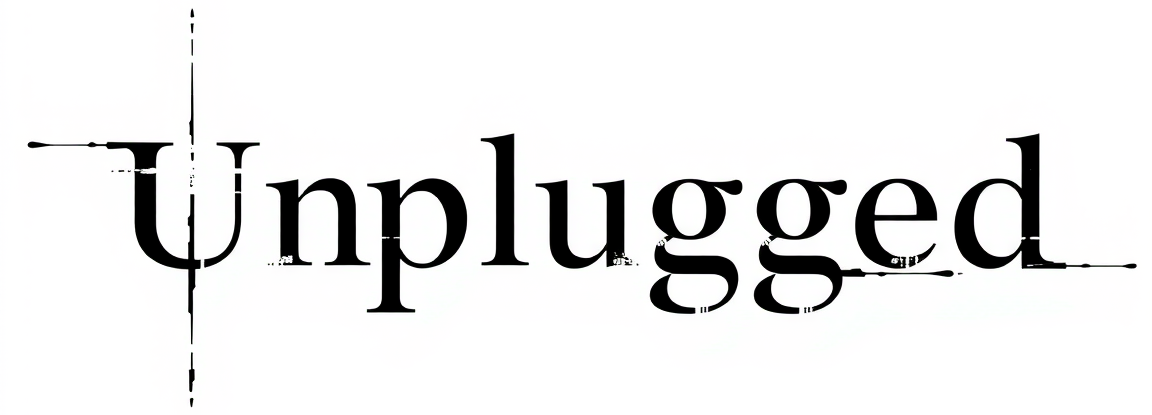Wokeness Spectrum Disorder: A Novel Sociogenic Syndrome of the Digital Age

Abstract
Background: In recent years, clinicians have observed a rise in cases of Wokeness Spectrum Disorder (WSD), a culturally induced syndrome characterized by compulsive moral outrage, identity hypervigilance, intolerance of ideological deviance and delusions of moral superiority. While not formally recognized in DSM-5, WSD exhibits symptom clusters resembling obsessive-compulsive spectrum conditions, paranoid ideation, and narcissistic grandiosity.
Methods: We conducted a qualitative meta-analysis of case reports drawn primarily from university campuses, social media platforms, and HR departments. Diagnostic criteria were provisionally formulated, emphasizing (a) oppression hypervigilance, (b) compulsive denunciation behaviors, and (c) belief in “speech as violence.” Severity was measured by frequency of online cancellation attempts and number of friendships terminated for insufficient ideological purity.
Results: The syndrome predominantly affects individuals aged 18–30 with high exposure to the ABC (>2 hrs/day), Twitter/X (>3 hrs/day) and enrollment in grievance-studies curricula. Progression follows a predictable course: (1) initial online activism, (2) escalation to performative outrage, (3) terminal purity spirals. Prognosis improves with exposure to humor, meaningful employment, Sky News and restricted access to hashtags.
Conclusion: WSD represents a novel sociogenic disorder of the digital age. Though not life-threatening, it carries significant risks of social isolation, academic underperformance, and repetitive stress injury from excessive typing. Further research is required to determine whether WSD should be classified as a distinct personality disorder or an acute side-effect of social media addiction.
Keywords: Wokeness, moral panic, cancel culture, identity politics, ideological rigidity, Twitter psychosis
